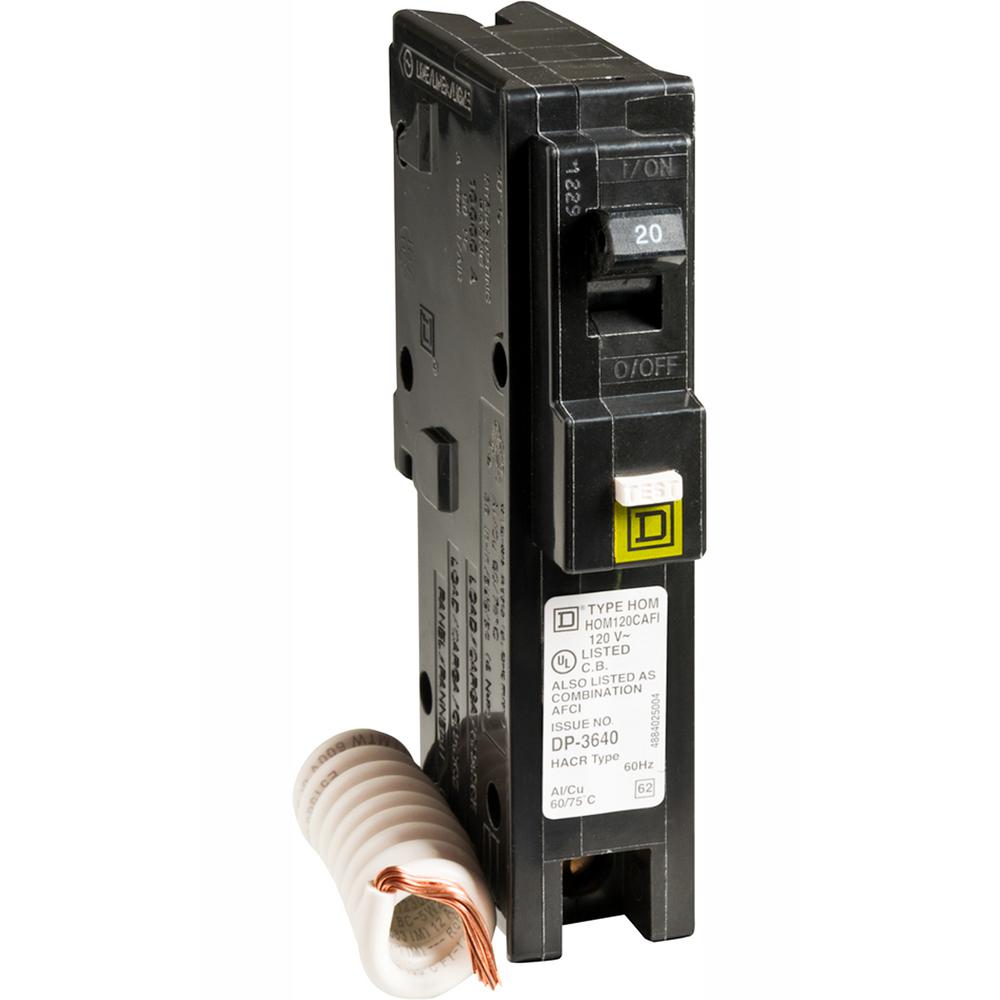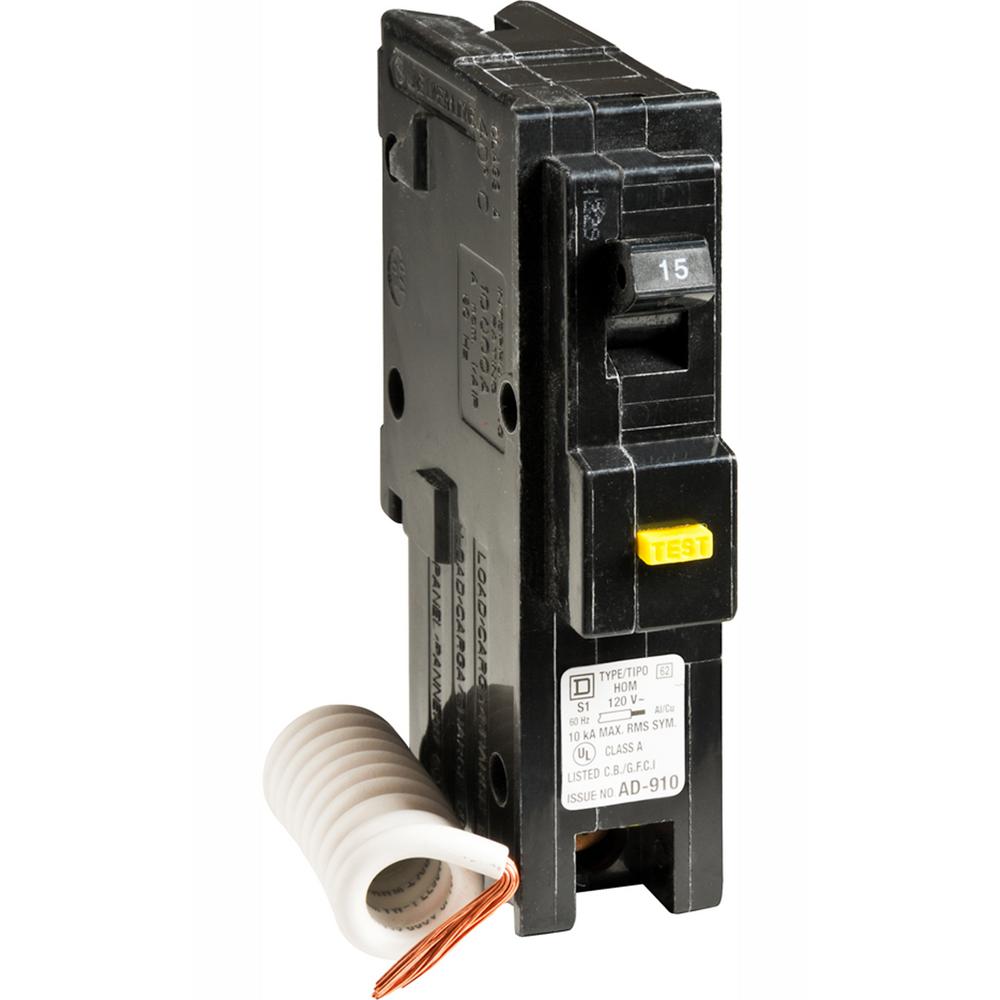

- #CHANGING A 15 AMP BREAKER TO A 20 AMP HOW TO#
- #CHANGING A 15 AMP BREAKER TO A 20 AMP INSTALL#
- #CHANGING A 15 AMP BREAKER TO A 20 AMP UPGRADE#
It's also possible the guy is not a licensed electrician, and if so, they may have violated the law doing the work. Setting your house on fire is not an appropriate response to contractor underperformance. If it was verbal then that's not worth the paper it's written on. If your guy failed to provide the contractually required circuits then you need to go back and demand that. However, NEC is a slumlord "bare minimum" beneath which the house is unfit for human habitation. Other than that, everything you listed is allowed to be on the same circuit per NEC. The bathroom receptacles need to be on a dedicated 20A circuit that serves either a) only loads in that bathroom, or b) only receptacles in bathroom(s). The laundry room needs one 20A circuit that is dedicated to it. He only used 2 of the breakers.one for the laundry room and one for the hall, bathroom and bedroom and outside outlets. I had the space in the panel box and I bought 4 breakers so that he could do that. He cut corners and just ran them all together. He's the one that was supposed to run separate wires and breakers for each room. and in a couple of seasons a mini-split will pay for itself in lower heating bills and be cheaper to run as A/C also. However Cadets are just as costly to run as space heaters (in electricity). And now you have proper heaters - it can have an external thermostat so it's more reliable, it can even use "smart stats" like the Nest (though 24V thermostats will require addition of an "Aube style" relay). You can run a 2000W and 1750W Cadet heater on a single 20A circuit run with 12/2 cable - the very same stuff you're already planning to add to solve your problem. It will also last 40 years, unlike those rinkydink space heaters that don't even last a season. For instance a 2000W Cadet heater is around $60 and is safe and legal to run unattended.
#CHANGING A 15 AMP BREAKER TO A 20 AMP INSTALL#
If that's too much for you, and you'd rather have electric heat, then since you're installing new circuits anyway, install baseboard heaters. Goodbye loud window units or dreadfully inefficient portables. And you get "free" (well very cheap) A/C as part of the deal. It's 200-600% more efficient than electric heaters. Does both heat and cooling and takes a tiny amount of electricity for the heating (and cooling) it does. If your addition needs more HVAC, let me clue you into the latest cool thing: The " Mini-Split Heat Pump. It's also unbelievably unsafe, and insurance won't pay because the machine's instructions specifically say not to run it unattended. Seriously, because of the cost of those space heater! (I bet you thought I was going to say "electricity" but that too). (I bet you thought I was going to say something else lol). If you didn't spec any and your plan all along was to use plug-in space heaters, that's a waste of money.
#CHANGING A 15 AMP BREAKER TO A 20 AMP UPGRADE#
If your additions's main (built-in) heating is inadequate, upgrade it. Upgrade your installed HVACįirst, you shouldn't be using space heaters as primary heating. If you want to do that, that's between you and your insurance company LOL.

Installing a larger breaker is the same thing as installing NO breaker! (that is a thing, it's called a "Subfeed Lug Kit"). (assuming the wiring is yellow Romex if it's white then they already oversized the breaker). They already used the largest breaker that is safe. Breakers protect wires in the walls from fire Apparently we know what we're doing, because we've had 3 breaker trips in 15 years here. I start to make toast, sweetie kicks the space heater to "low". My sweetie isn't me, and yet, we have this down pat. We use space heaters a little, and as you can guess, we run ONE on high or TWO on low. My winter cottage has a 30A/120A main breaker and two 20A branch breakers.
#CHANGING A 15 AMP BREAKER TO A 20 AMP HOW TO#
See how to get "under 20" out of that? Just use "Low"! (remember you have to account for everything else on the circuit too).

However, most have a "LOW" setting that is 700-800 watts, or 6-7 amps.


 0 kommentar(er)
0 kommentar(er)
